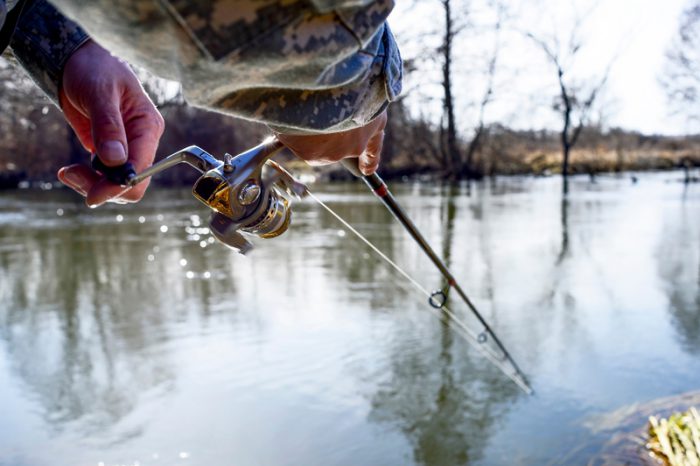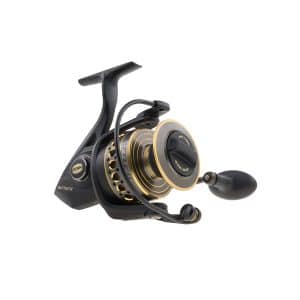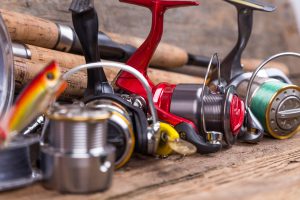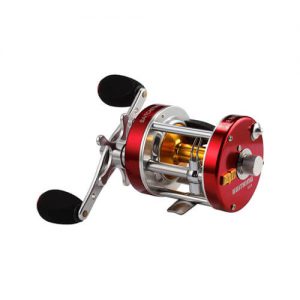Is Braided Line Good for Bass Fishing?
In most of the country, the braided fishing line has been well received. Despite the general acceptance, there are still few folks that viewed it as overkill and accused the line of lack of reliability, and even some fishermen blame it when they do catch fish. Even after decades of successful use, some fishermen still hold out. I really believe that the misconceptions about the braid come from lack of enough information about the line. I often been asked by beginner’s bass fishermen if the braided line is good for bass fishing?
Everywhere you go there are bass fishermen with opinion about fishing a line and no two fishermen agree the same. In this article, we will explain why braided line is the best for bass fishing.
Braided lines have existed for a long time, more than monofilament or fluorocarbon, although most of us grew up using monofilament. The advantages of the braid are an incredible resistance despite its small diameter and do not stretch. This fishing line can be extremely castable. This line can be used in almost every fishing situation; the brand excels at fishing cover thank to its non-stretch and toughness.
This line is made from thread of fabric woven together. This results in lesser in diameter and almost no stretch. Nowadays, it is not rare to see a braided line made of Dyneema, Dacron, and Spectra. This implies that these lines are extremely resistant to abrasion, do not easily break and have lesser diameters in relation to it pound tests. It is also less liable to twist and have very little memory. However, the braided line is likely to be very costly.
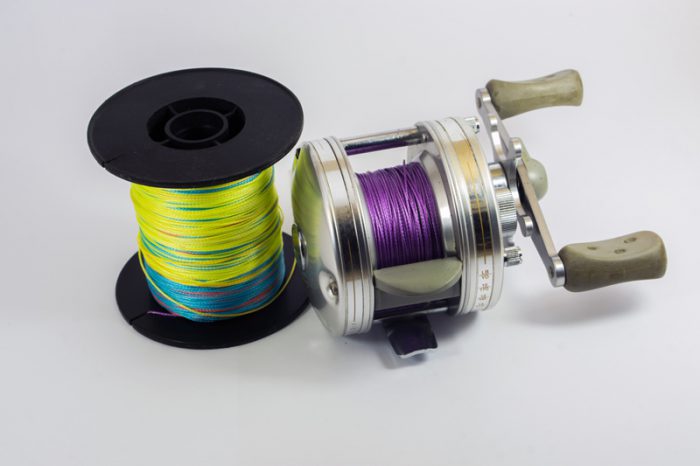
The benefits this line afford you means that you can fish in a heavy cover and can handle the bigger bass without the need for a thicker or heavier line. You can as well cast farther without worry about your line breaking in most circumstances.
However, this type of line also has its drawbacks. On the one hand, it tends to be completely visible in the water and has a tendency to dig with a larger bass. In addition, the line also gains tangles and knot more easily than other forms of lines. You can use heavier braids for heavy cover conditions. If you want to use spinning and equipment, you must choose between 10 – 20 pounds test option as the little heavier choices work well for swim jigs, swimbait, and topwaters.
Finally, braid line is not just for fishing. While the heavy cover is where the braid found its place, it extended to all corners of the bass fishing. Whether you are dropshootiting 50 feet deep in a clear reservoir or you are walking topwater like spook for suspended fish. The line is very responsive, even at a great distance. This lets you feel more bites, put the hook more easily and also work bait without much physical effort. The best applications for light braid lines are infinite. The lighter the lure, the greater the benefits will be.
